Innovative Packaging Solutions
Innovative packaging solutions are emerging as a key driver in the Natural Honey Market. As competition intensifies, brands are exploring unique packaging designs that enhance product visibility and appeal to consumers. Eco-friendly packaging options, such as biodegradable materials, are particularly attractive to environmentally conscious buyers. Additionally, convenient packaging formats, such as single-serve sachets, cater to on-the-go consumers. The introduction of these innovative packaging solutions has the potential to increase market penetration and attract a broader customer base. In 2024, it is anticipated that the market for packaged natural honey will account for over 60% of total sales, underscoring the importance of packaging in driving consumer choices.
Health Benefits of Natural Honey
The increasing awareness of health benefits associated with natural honey is a pivotal driver in the Natural Honey Market. Consumers are increasingly seeking natural alternatives to processed sugars, and honey is often perceived as a healthier option. Studies indicate that honey possesses antioxidant properties and may aid in digestion, which appeals to health-conscious individuals. The market for natural honey is projected to grow as more consumers incorporate it into their diets for its potential health benefits. In 2023, the market size for natural honey reached approximately 2.5 billion dollars, reflecting a growing trend towards natural sweeteners. This shift towards healthier eating habits is likely to continue, further propelling the demand for natural honey.
Sustainability and Organic Farming
Sustainability practices and organic farming are becoming increasingly important in the Natural Honey Market. As consumers become more environmentally conscious, they are inclined to support products that are sustainably sourced. Organic honey, which is produced without the use of synthetic pesticides or fertilizers, is gaining traction among eco-friendly consumers. The market for organic honey has seen a notable increase, with sales rising by approximately 15% annually. This trend suggests that consumers are willing to pay a premium for honey that aligns with their values regarding sustainability. As the demand for organic products continues to rise, the natural honey market is likely to benefit from this shift towards environmentally responsible consumption.
Culinary Trends and Gourmet Products
Culinary trends are significantly influencing the Natural Honey Market, as chefs and home cooks alike are increasingly incorporating honey into gourmet recipes. The versatility of honey as a sweetener and flavor enhancer is being recognized, leading to its use in a variety of dishes, from savory to sweet. Specialty honey varieties, such as manuka and wildflower, are gaining popularity among culinary enthusiasts, further driving demand. The gourmet food sector has seen a rise in the use of natural honey, with sales projected to grow by 10% annually. This trend indicates that honey is not only a staple in kitchens but also a sought-after ingredient in high-end culinary experiences.
Growing Demand for Natural Sweeteners
The growing demand for natural sweeteners is a significant driver in the Natural Honey Market. As consumers become more aware of the health implications of excessive sugar consumption, they are actively seeking alternatives that are perceived as healthier. Natural honey, with its unique flavor profile and potential health benefits, is increasingly favored over refined sugars. Market Research Future indicates that the natural sweetener segment is expected to grow at a compound annual growth rate of 8% through 2025. This trend suggests that the natural honey market will continue to expand as consumers prioritize healthier options in their diets. The shift towards natural sweeteners is likely to reshape consumer preferences and drive sales in the natural honey sector.


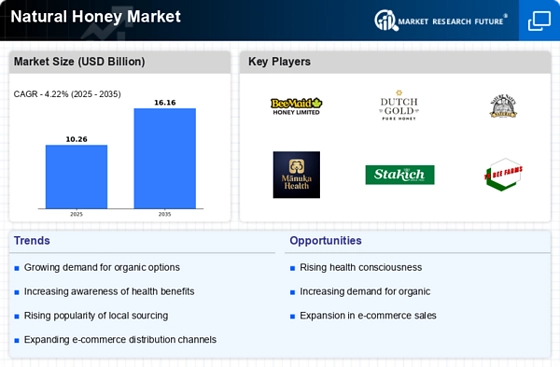
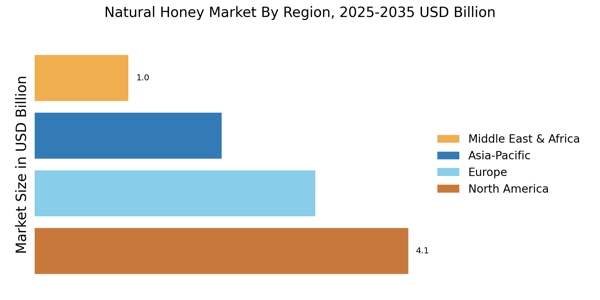
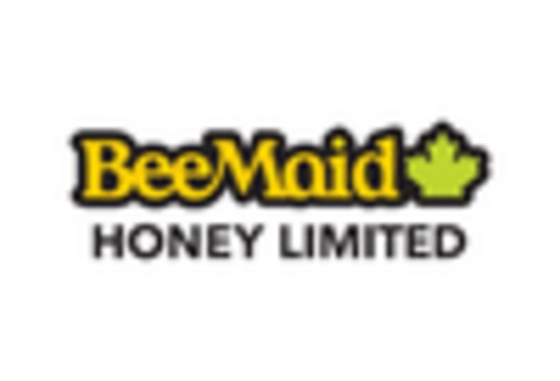
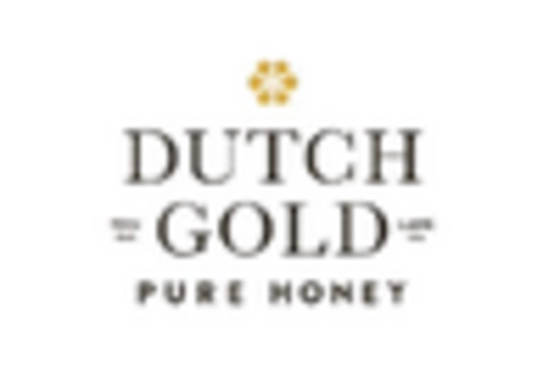
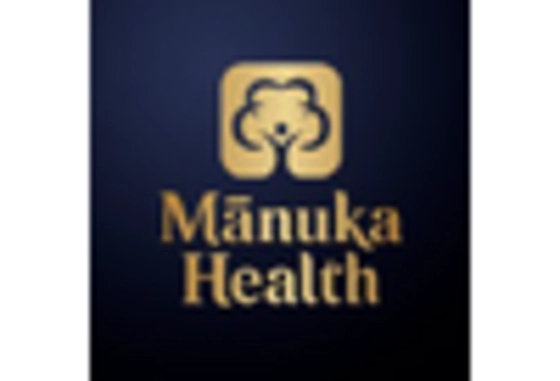

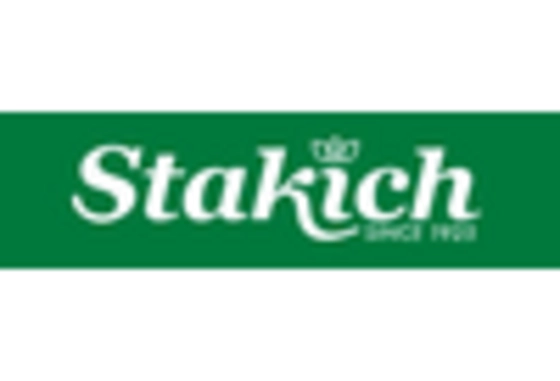









Leave a Comment